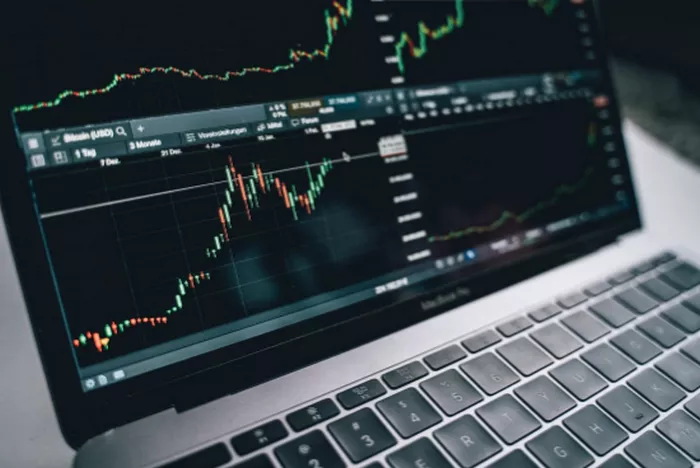Futures contracts are essential tools in the financial markets, allowing investors to hedge risks, speculate on price movements, and diversify their portfolios. While futures contracts are commonly associated with commodities such as oil and gold, they also exist for equity indexes, currencies, interest rates, and other financial assets. One fundamental aspect of futures trading is understanding the contract specifications, including the size or quantity of the underlying asset represented by each contract. In this article, we delve into the concept of contract size and explore how it varies across different types of futures contracts.
Introduction to Futures Contracts
Futures contracts are standardized agreements to buy or sell a specified quantity of an underlying asset at a predetermined price on a future date. These contracts are traded on organized exchanges, providing liquidity and transparency to market participants. Futures trading serves various purposes, including risk management, speculation, and price discovery.
Understanding Contract Size
The contract size, also known as the contract multiplier or contract unit, represents the quantity of the underlying asset covered by a single futures contract. The contract size varies depending on the type of underlying asset and the specifications of the futures contract. Understanding the contract size is crucial for determining the value of each contract and calculating trading profits or losses.
Contract Sizes Across Different Asset Classes
Contract sizes can differ significantly across different asset classes, reflecting the characteristics and market conventions of each asset. Below are examples of contract sizes for various types of futures contracts:
1. Commodities Futures
Commodities futures contracts represent the delivery of physical commodities such as agricultural products, metals, and energy resources. The contract size is typically specified in units relevant to the underlying commodity. Examples of contract sizes include:
Crude Oil Futures: One contract typically represents 1,000 barrels of crude oil.
Gold Futures: One contract typically represents 100 troy ounces of gold.
Corn Futures: One contract typically represents 5,000 bushels of corn.
Natural Gas Futures: One contract typically represents 10,000 million British thermal units (MMBtu) of natural gas.
2. Equity Index Futures
Equity index futures contracts track the performance of stock market indexes such as the S&P 500, Nasdaq 100, and Dow Jones Industrial Average. The contract size is based on the cash value of the underlying index. Examples of contract sizes include:
E-mini S&P 500 Futures: One contract typically represents $50 times the value of the S&P 500 index.
E-mini Nasdaq 100 Futures: One contract typically represents $20 times the value of the Nasdaq 100 index.
Micro E-mini S&P 500 Futures: One contract typically represents $5 times the value of the S&P 500 index.
3. Currency Futures
Currency futures contracts allow investors to speculate on the exchange rate between two currencies. The contract size is typically denominated in units of the base currency. Examples of contract sizes include:
Euro FX Futures: One contract typically represents €125,000.
Japanese Yen Futures: One contract typically represents ¥12,500,000.
British Pound Futures: One contract typically represents £62,500.
4. Interest Rate Futures
Interest rate futures contracts are based on the future interest rates of fixed-income securities such as government bonds and Treasury bills. The contract size is usually expressed in terms of the notional value of the underlying bond or interest rate instrument. Examples of contract sizes include:
10-Year Treasury Note Futures: One contract typically represents a face value of $100,000.
Eurodollar Futures: One contract typically represents $1,000,000 times the agreed-upon interest rate.
Calculating Contract Values and Margin Requirements
To calculate the value of a futures contract, multiply the contract size by the current market price of the underlying asset. For example, if the price of gold is $1,800 per ounce and the contract size is 100 ounces, the value of one gold futures contract would be $180,000.
Margin requirements are the initial funds that traders must deposit to initiate a futures position. Margin requirements are calculated based on the contract size, current market price, and risk factors determined by the exchange. Margin requirements are designed to cover potential losses and ensure the financial integrity of the futures market.
Importance of Contract Size in Trading
Understanding the contract size is essential for managing risk, determining position sizes, and calculating trading costs. Traders should consider the contract size relative to their account size, risk tolerance, and trading objectives. In addition, traders should be aware of any changes in contract size or specifications that may occur over time, as exchanges occasionally revise contract terms to adapt to market conditions or regulatory requirements.
Conclusion
Futures contracts serve as important instruments for managing risk and speculating on price movements in various financial markets. Understanding the contract size is fundamental to futures trading, as it determines the quantity of the underlying asset covered by each contract and influences trading strategies, position sizing, and risk management. By familiarizing themselves with contract specifications and conducting thorough analysis, traders can effectively navigate the futures markets and capitalize on trading opportunities.


